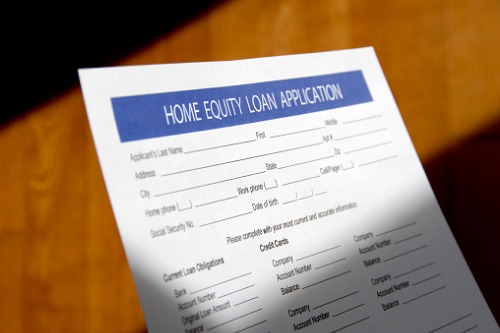Increasing dependence on the loan type may cause banks to limit access to it

Even before the COVID-19 pandemic took hold in Canada, around 17% of homeowners had already pushed their home equity lines of credit to between 90% and 100% of their available limits, according to figures from the Bank of Canada.
The central bank’s calculations also showed that by the end of Q4 2019, around 5% drew more than 80% but less than 90% from their HELOCs. Meanwhile, 12% of Canadians drew more than half but less than 80% of their available credit.
“These filings cover pre-pandemic numbers, and more credit has likely been utilized since,” Better Dwelling said in its analysis of the BoC figures. “Most households had HELOC credit available to help them in this downturn.”
In April, finance columnist Dale Jackson said that the coronavirus outbreak has pushed a significant number of Canadians to borrow from HELOCs, especially considering the economic impact of the crisis.
“Central banks have been slashing their trend-setting rates and injecting liquidity into the markets,” Jackson said in a Bloomberg analysis. “HELOC rates, like most variable-rate loans, are tied to the prime interest rate.”
However, this trend might lead to Canadian banks restricting access to this product type later this year, according to Ben Rabidoux, president of North Cove Advisors.
“HELOCs, in some ways, have the potential to magnify risk on banks’ balance sheets, because in times of stress, people want to draw on them,” Rabidoux said last month. “If [federal aid] runs out before we see a return to prior employment levels, we would see people draw down on HELOCs. Maybe that’s what forces the banks to rethink that exposure.”



